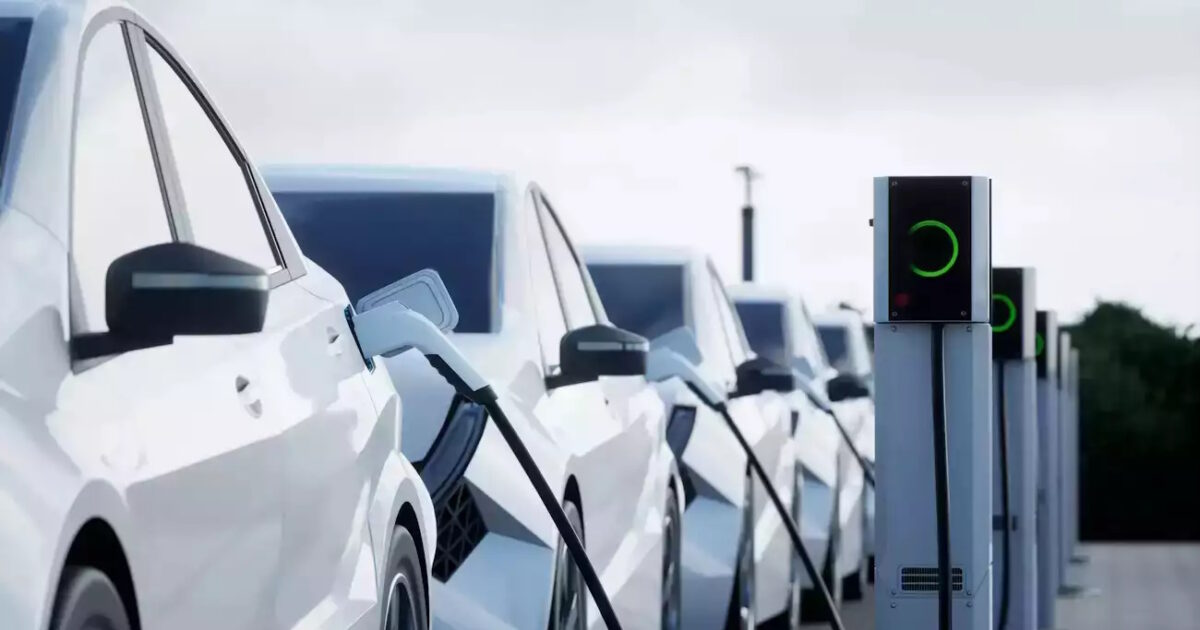The domestic market is characterized by strong dynamics in the current six months electric carswith sales rising noticeably.
Indicatively, pure electric vehicles (BEVs) and rechargeable electric vehicles (PHEVs) captured a 17.3% share of all new registrations in October, based on data from the Automobile Dealers Importers Association (SEAA). In other words, about one in six new cars was electric.
This is a 3.6% share increase in a year, as more and more drivers become familiar with the new technology. It seems that not only leasing, but also direct purchases give an impetus to the sales of electric cars, as cheap models with a final cost approaching 20,000 euros have entered the market.
It is worth noting that Greece continues to offer a generous subsidy for the purchase and leasing compared to other European countries that have ended the corresponding measures due to budgetary constraints. In our country, the buyer receives up to 9,000 euros plus other incentives of a tax or utilitarian nature.
Market players have sounded the alarm, stressing that sales are too dependent on the government subsidy. The fact that the available resources for private individuals are now falling rapidly in the Kinoumai Electrika 3 program raises questions about the continuation. Will these funds be replenished in time or will we be led to a situation with sharp ups and downs from one program to the next?
The problem for the would-be electric vehicle buyer is that they see today that there are certain funds in the KW3, but they don’t know if they will be available when they pick up their vehicle in a few months.
At the same time, there is also a question of social justice, since the subsidy is also offered for very high value models. Recently the Organization for Economic Co-operation and Development (OECD) recommended that the Greek government stop subsidizing expensive cars and instead focus on more economical models.
